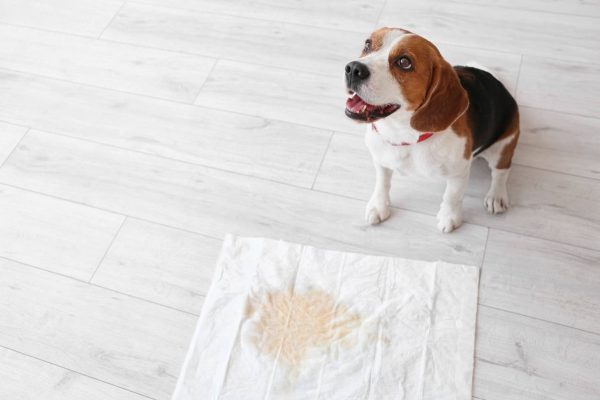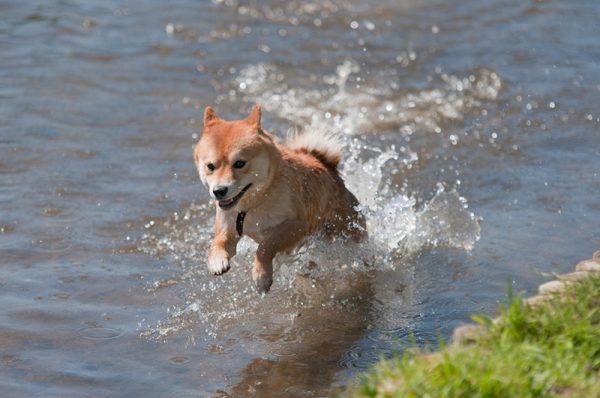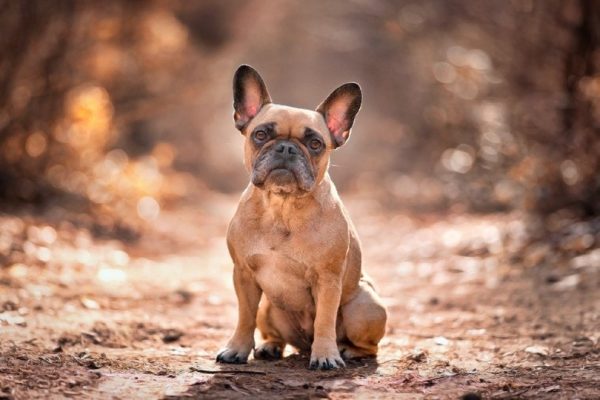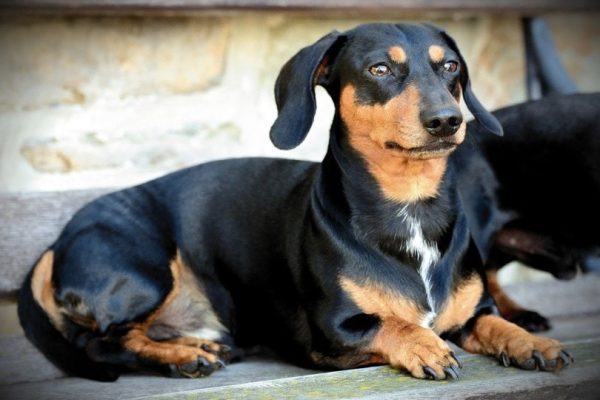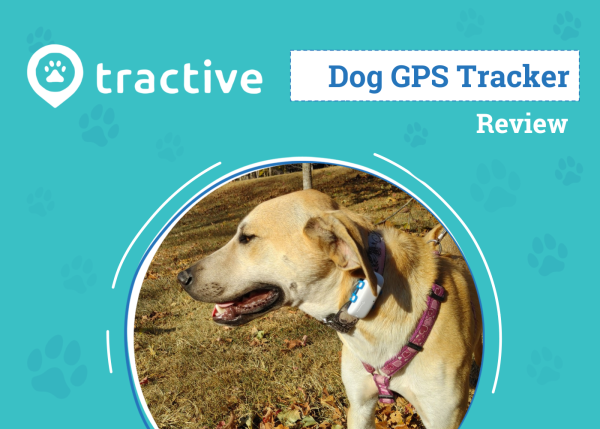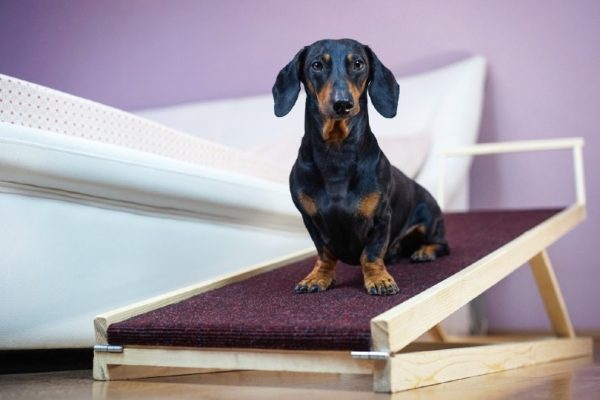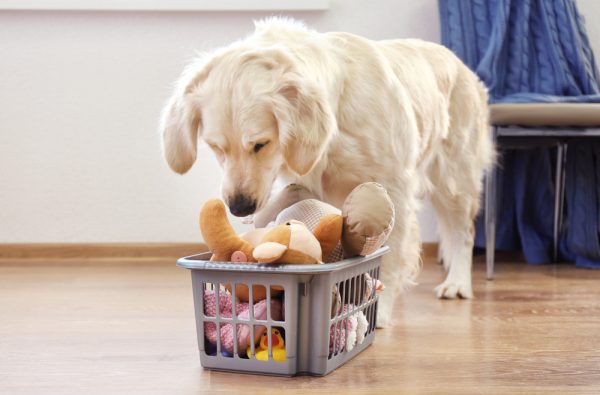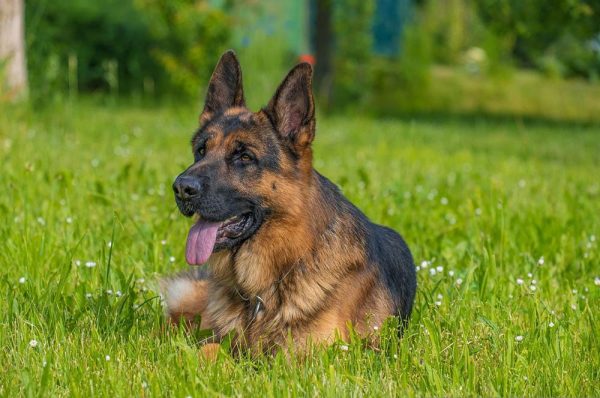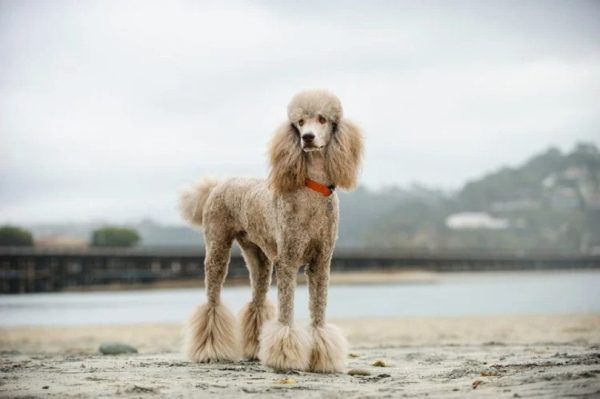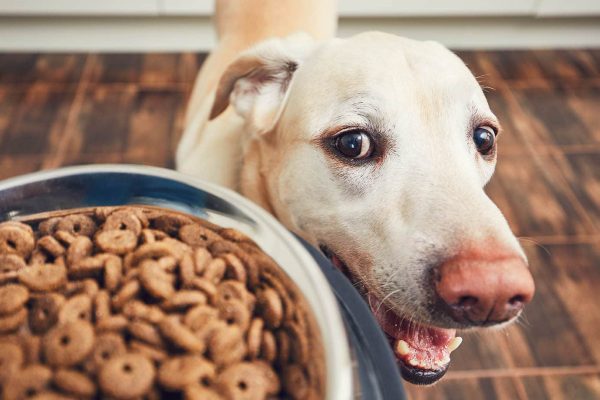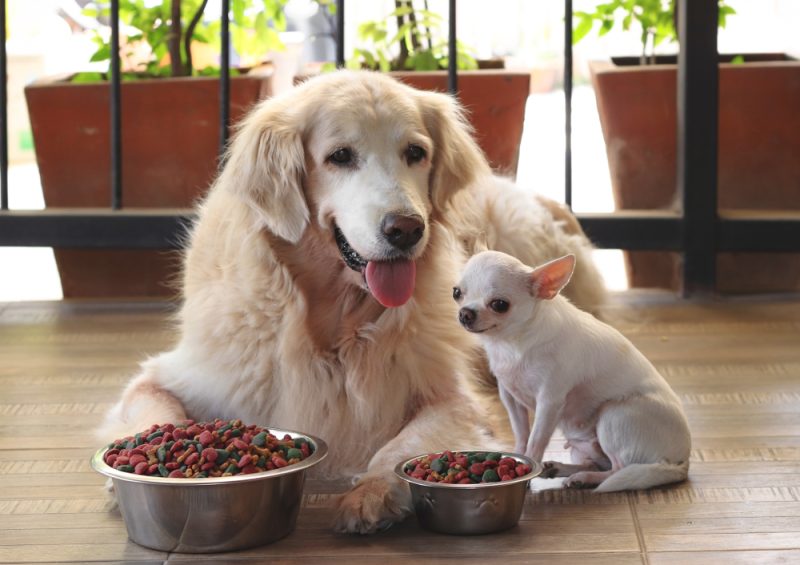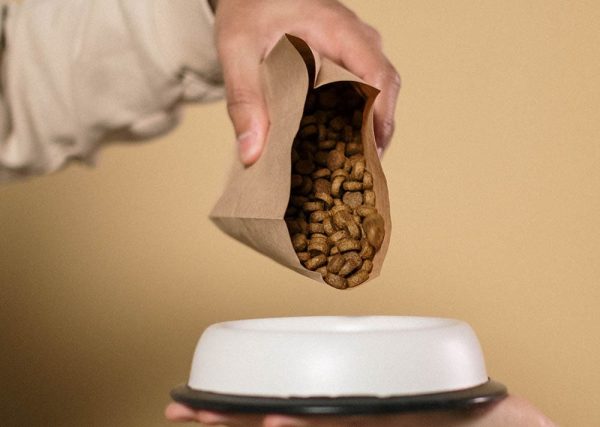In this article
View 3 More +While they look visually similar, these two breeds have some key differences. They’re both adorable and charming but have different grooming needs and are suitable for different family dynamics.
The Maltese is an old breed popular with ancient Greeks and Romans and with English royalty. The Maltipoo, by contrast, is a fairly new crossbreed, or “designer dog.” It was created sometime in the last 50 years, but no group has taken exclusive ownership of this cross between a Poodle and a Maltese.

Visual Differences

At a Glance
- Average height (adult): 8–14 inches
- Average weight (adult): 5–20 pounds
- Lifespan: 10–13 years
- Exercise: 30 mins–1 hour a day
- Grooming needs: Moderate
- Family-friendly: Yes
- Other pet-friendly: Often
- Trainability: Intelligent, loyal, eager to please, good-natured
- Average height (adult):8—10 inches
- Average weight (adult): 7–9 pounds
- Lifespan: 12–15 years
- Exercise: 1 hour a day
- Grooming needs: High
- Family-friendly: Yes
- Other pet-friendly: Mostly
- Trainability: Friendly, playful, adaptable

Maltipoo Overview
This little crossbreed is tenacious, friendly, and fun. The Maltipoo is a cross between a Maltese and a Toy or Miniature Poodle. These dogs were bred to encompass all the good traits of each breed, such as the Poodle’s intelligence and the Maltese’s sweetness.
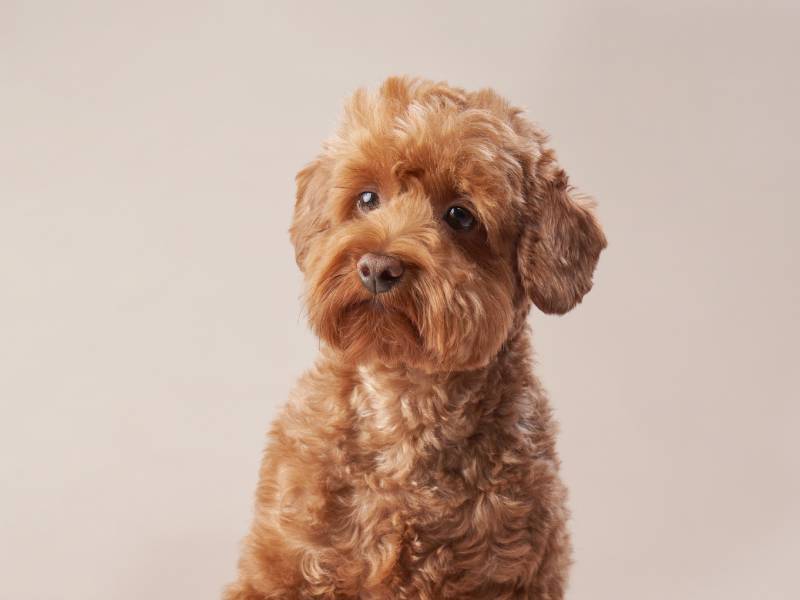
Personality / Character
The Maltipoo is sweet, intelligent, and loyal and makes an excellent service dog due to its attentive and kind nature. They are usually carefree and easy to get along with, making them a good choice for families with pets.
Training
The Poodle is the parent with the greatest intelligence, and depending on which traits are passed to the offspring, the Maltipoo can be easy to train or close to average. Generally, the intelligence of the Maltipoo falls somewhere in the middle of the Poodle and Maltese.
The Maltipoo readily listen to commands and always aims to please, so they quickly pick up commands. While they may be good in trials such as obedience, because of their mixed breed status, they cannot compete in competitions or be shown in organizations such as the AKC (American Kennel Club).
Health & Care
There are a few health problems Maltipoo owners should be prepared to deal with. Despite crossbreeds usually being healthier than pure-breed dogs, Poodles and Maltese dogs have similar health issues.
The Maltipoo can suffer from the following serious health problems:
Portosystemic Shunt
A portosystemic shunt is a liver condition in which an extra or abnormal connection forms from or around the portal vein going to the liver. This allows blood to pass by the liver, and the blood carried by the portal vein is not detoxified. The portal vein collects blood from the abdomen and its organs, such as the spleen and gastrointestinal system, meaning toxins can build up in the blood.
This type of shunt is usually congenital and is more common in Maltese and Toy/Miniature poodles, making the Maltipoo more likely to suffer from it.
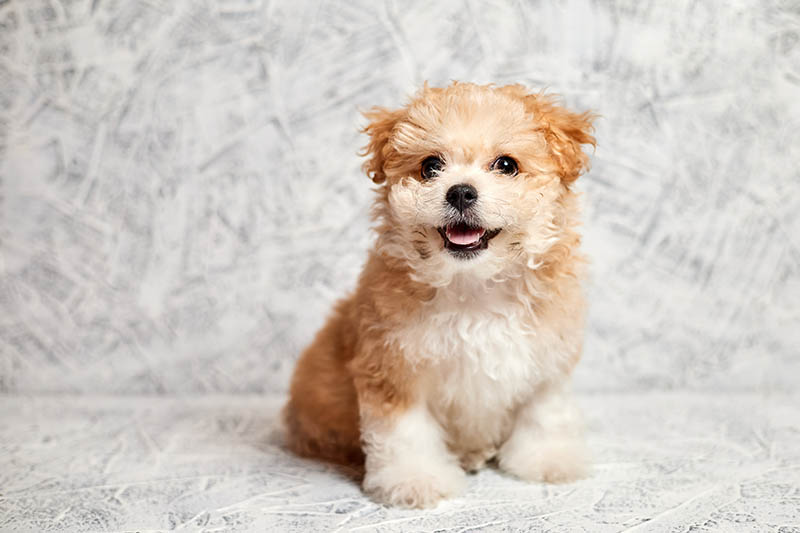
Shaker Syndrome
Shaker syndrome (or idiopathic cerebellitis) is a condition common in white-coated dogs that causes mild to moderate continuous, full-body shaking. This can be caused by either mild nervous system disease or for no discernible reason (known as “idiopathic”), and dog breeds such as Maltese and West Highland White Terriers are more prone to suffer from it.
Patellar Luxation
Patellar luxation is the dislocation of the patellar (the knee) in the leg. This can happen suddenly, and the patellar can slide back into place as quickly as it popped out, often happening multiple times. Smaller breeds, such as the Maltese and Toy Poodle, are genetically predisposed to patellar luxation because of their size, and the Maltipoo is more likely than other breeds to suffer from it.
Epilepsy
Epilepsy is a neurological disorder caused by the “misfiring” of the neurons in the brain. These bursts of electrical activity cause various types of seizures, which can be focal (affecting one part of the body) or general (affecting the whole body).
Signs of epilepsy in dogs are twitching, shaking, or seizing episodes. Poodles are more susceptible to epilepsy, and its a relatively common condition (affecting 0.75%1 of the canine population in the US).
Grooming ✂️
Because of the potential for Maltipoos to inherit their Poodle’s curly coat, regular grooming appointments and daily brushing are required to keep the coat shiny, tangle-free, and free from shed hair. Not all Maltipoos will inherit this coat; some will have straight and wavy coats like their Maltese parent. In either case, these dogs have more grooming needs than most.
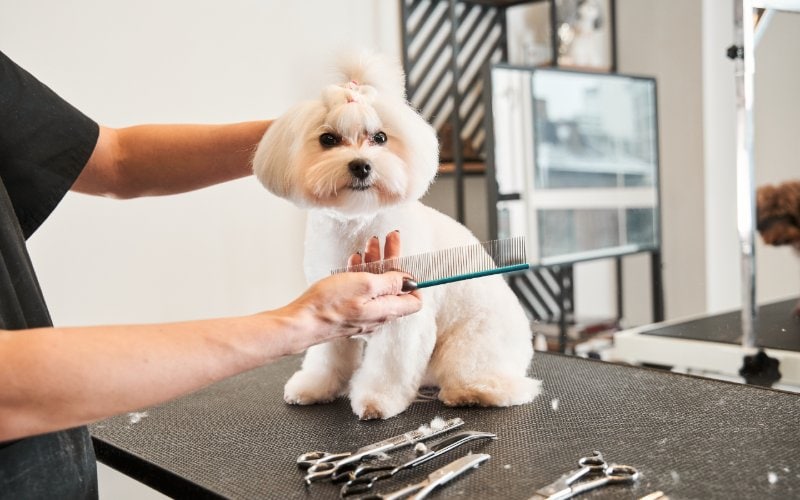
Suitable For:
The Maltipoo is a lovely-natured dog suitable for active families who enjoy their time at home. The Maltipoo isn’t a lapdog like the Maltese but is small enough for apartment living. These sweet dogs also make great company for seniors, as they can offer companionship and assistance if necessary due to their high intelligence and inquisitive nature. Maltipoos are generally tolerant of children who can be mindful of their small size.
They need regular grooming and aren’t suitable for those who don’t have the time or money to spend on their grooming needs.
- Intelligent
- Kind-natured
- Small enough for apartment living
- Good for families
- Potentially lots of grooming needed
- Not suitable for families with tiny children due to their size
- Potentially can suffer from serious health issues

Maltese Overview
The Maltese is an old breed of the toy grouping that has potentially been known since 500 BC; it’s depicted on an old amphora from Malta. This tiny dog was bred to be a lap companion; it was a favorite to the Duchess of Kent in England in 1847 and was popularized in the 1880s when the American Kennel Club formally recognized them.
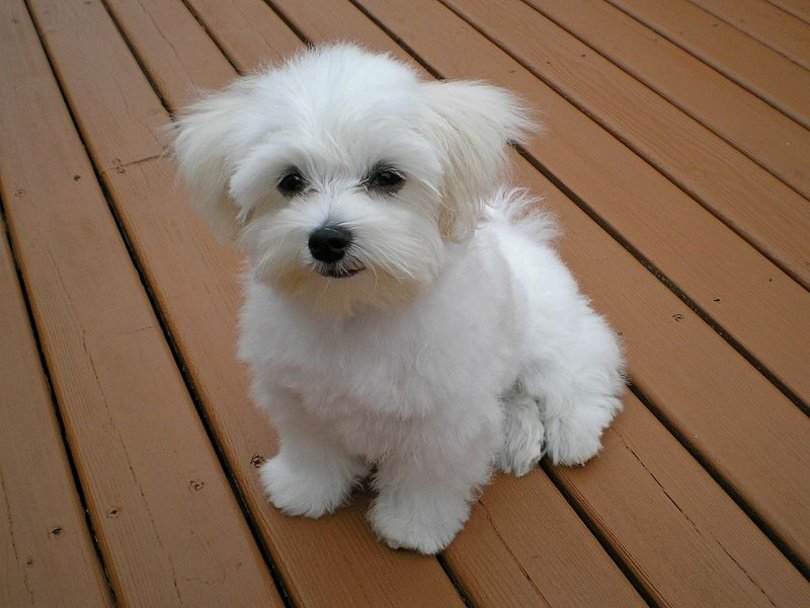
Personality / Character
The Maltese breed is known for being friendly and fearless and is the perfect lap dog. It is truly a people dog; they love nothing more than to be around their owners and join in with the festivities. The Maltese were bred to be companion dogs, which is why they’re so friendly and energetic. They’re generally regarded as being in tune with their owners, making them good service dogs.
Training
The Maltese isn’t the most intelligent dog out there; they are on the lower end of the Stanley Coren canine intelligence scale, ranking 59 out of 79. Despite this, they are capable and eager learners, willing to please their owners for a reward in return. It should be known that this breed can be stubborn (as is common in toy breeds), but perseverance can help them overcome this.
Health & Care
The Maltese, unfortunately, has a few health problems it is more genetically predisposed to, some of which are serious.
Patellar Luxation
As discussed in the Maltipoo section, Maltese can suffer from patellar luxation. This is a condition in which the patellar (the knee) can slide out of place, meaning the affected dog is limping or lame one minute and fine the next. This is a treatable condition but can be very costly as it can reoccur, and insurance may not always cover it.
Portosystemic Shunt
Another condition that is shared between the Maltipoo and the Maltese is the portosystemic liver shunt. This condition is more likely to affect Maltese dogs. It involves the branching or malformation of the portal vein, which collects blood and waste products from the gastrointestinal system and spleen. It is usually a treatable illness if the shunt is simple and is treated by surgery, medications, and dietary changes.
Hypoglycemia
Hypoglycemia is a condition that affects small dogs of the toy group, such as the Maltese. Hypoglycemia means “low blood sugar” and can quickly become fatal, particularly in very old or young dogs. If there are low amounts of glucose in a dog’s blood, the body doesn’t have enough energy to function and will begin to shut down.
- Lack of energy
- Staring into space
- Anorexia
- Vomiting
- Seizure
- Coma
Dental Issues
Toy breeds commonly suffer from dental problems such as overcrowding due to their “normal” sized teeth being in much smaller mouths. Overcrowding leads to food becoming stuck, plaque build-up, tooth decay, and potential periodontal disease.
Grooming ✂️
The Maltese are known for being hypoallergenic (although no breed is 100% hypoallergenic) and have non-shedding, long, single white coats. The silky hair needs regular brushing to keep it tangle-free and smooth, but it doesn’t require heavy grooming unless heavily soiled. Trips to the groomers for a trim are recommended unless owners are prepared to use styling products and clips to keep hair out of their eyes.

Suitable For:
The Maltese is suitable for families with older children who can respect their tiny size and play gently. Older children, adults, and seniors can find a soulmate in the Maltese who is suited to both active and less active families. The Maltese is not suited to families with young children or those who do not have the time to commit to their grooming needs.
- Hypoallergenic
- Playful and loyal
- Extremely loving to family
- Small enough for apartment living
- Not suitable for families with small children
- Higher grooming needs that some
- May have some health issues

Which Breed Is Right for You?

The Maltipoo and the Maltese are two similar dogs with a few key differences. The Maltipoo is a dog that is more suitable for families with children than the Maltese because it’s slightly bigger and thus more child friendly. The Maltese are incredibly protective of their family, so they may not always understand a child playing and may consider it a threat. Both dogs need some extra grooming, but both can be maintained relatively easily with daily brushing. This does mean that if neglected, these dogs can quickly become matted and suffer greatly.
The Maltese is a great dog for seniors, as its small size means it’s not overly expensive to keep, but the initial costs for one of these purebred dogs can be quite high. The Maltese and Maltipoo are small enough for apartment living, and both have wonderfully friendly temperaments. Whichever breed you select, we’re sure you’ll enjoy having one as a loyal companion.
Featured Image Credit: Top – OlgaOvcharenko, Shutterstock | Bottom – Dora Zett, Shutterstock



